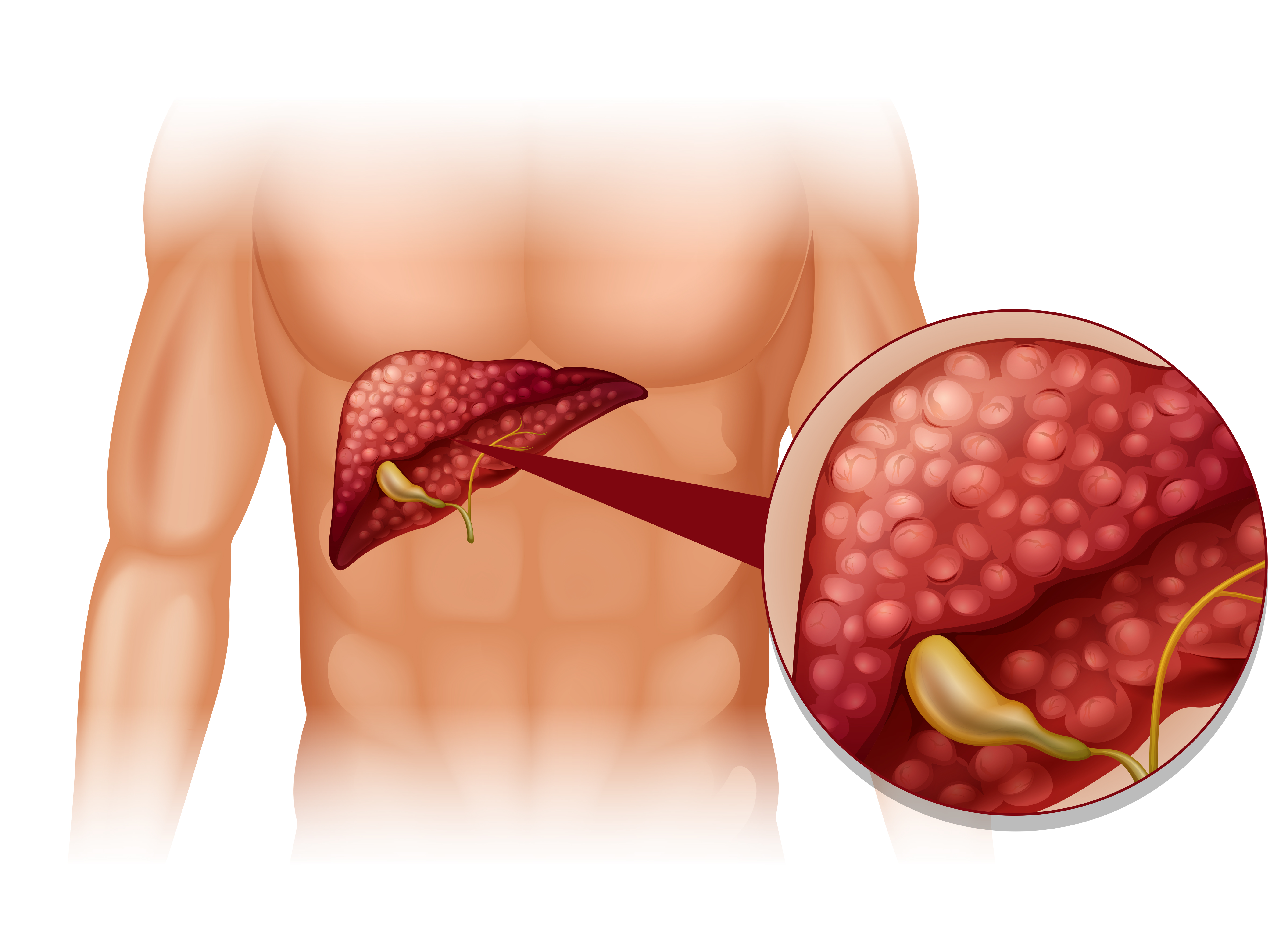
Introduction: Understanding Gallstones and Their Causes
Gallstones might not be as well-known as some other health conditions, but their prevalence and potential complications make them a significant health concern. In this blog, we will delve into the world of gallstones, exploring what they are, what causes them, the risk factors involved, their symptoms and complications, and the available diagnosis and treatment options. Finally, we'll emphasize the importance of awareness and early detection in managing this silent threat to our well-being.
What are Gallstones?
Gallstones are small, pebble-like deposits that form in the gallbladder, a small organ situated beneath the liver. The gallbladder plays a vital role in digestion by storing bile produced by the liver and releasing it into the small intestine to aid in the digestion of fats. Gallstones are essentially hardened deposits of digestive fluid components, such as cholesterol or bilirubin, that can range in size from as small as a grain of sand to as large as a golf ball.
Causes of Gallstones
Understanding the causes of gallstones is essential in preventing their formation. Here are the primary factors:
- Cholesterol Imbalance: The most common type of gallstone is composed mainly of cholesterol. When there's an imbalance in the substances that make up bile, cholesterol can crystallize and form stones.
- Bilirubin: High levels of bilirubin in the bile can lead to the formation of pigment stones. This can occur in conditions like cirrhosis or blood disorders.
- Gallbladder Emptying Issues: If the gallbladder doesn't empty properly, bile can become concentrated, increasing the risk of stone formation.
Risk Factors for Developing Gallstones
Certain factors can increase an individual's risk of developing gallstones. These include:
- .Gender: Women are more prone to gallstones than men, especially during pregnancy or when taking birth control pills.
- Age: Gallstones become more common with age, particularly in individuals over 40.
- Obesity: Being overweight or obese increases the risk of gallstone formation
- Diet: A high-fat, low-fiber diet can contribute to gallstone development.
- Rapid Weight Loss: Losing weight too quickly, either through diet or surgery, can increase the risk of gallstones.
- Family History: A family history of gallstones can predispose an individual to this condition.
Symptoms and Complications of Gallstones
Gallstones often go unnoticed until they cause symptoms or complications. Common symptoms include:
- Pain: Intense, cramp-like pain in the upper right abdomen.
- Nausea and Vomiting: Often accompanied by the pain.
- Jaundice: Yellowing of the skin and eyes.
- Fever and Chills: Indicating infection or inflammation.
Complications can be severe, including gallbladder inflammation (cholecystitis), pancreatitis, and blocked bile ducts
Diagnosis and Treatment Options for Gallstones
If gallstones are suspected, a variety of tests can be used to confirm their presence, including ultrasound, CT scans, and blood tests to check for signs of infection or pancreatitis. Treatment options depend on the severity of symptoms and complications. These may include:
- Watchful Waiting: If the gallstones are small and not causing symptoms, they may not require treatment.
- Medications: Certain medications can dissolve gallstones, but this is a slow process and not always effective.
- Surgery: The most common treatment for gallstones is the surgical removal of the gallbladder (cholecystectomy). This is often done laparoscopically and is a highly effective and safe procedure.
Conclusion: The Importance of Awareness and Early Detection
In conclusion, gallstones are a prevalent yet often silent threat to our health. Understanding their causes, risk factors, symptoms, and complications is crucial for early detection and effective management. Being aware of the lifestyle choices and risk factors that can lead to gallstones can help individuals take preventive measures. Additionally, seeking prompt medical attention if gallstones are suspected can prevent severe complications and ensure a smoother path to recovery. Remember, knowledge is power when it comes to dealing with the silent threat of gallstones.